Top 5 Most Beautiful Historical Sites in Bolivia
From the ancient site at El Fuerte de Samaipata to the solitary railroad cemetery near Uyuni, Bolivia has a wealth of fascinating historical sites to visit. ... read more...These are the most beautiful historical sites in Bolivia, whether you want to visit museums like the National Mint of Bolivia or go on day excursions to spectacular ruins like Tiwanaku.
-
Tiwanaku is a magnificent archaeological site that houses the pre-Inca empire's capital. Much about Tiwanaku is still unknown and the topic of scholarly discussion.
Tiwanaku's residents created a beautiful metropolis encompassing around 2.3 square kilometers, complete with monuments, temples, residences, and public structures. It was still prospering in 900 AD, but by the time the Incas discovered it in the mid-fifteenth century, it had been completely abandoned, having presumably deteriorated in the twelfth century.
What is left is extraordinary, and has sparked much discussion throughout the years. The many carved heads on the "Template" or Small Semi-Subterranean Temple, for example, were most likely supposed to depict people but have been interpreted to resemble aliens. This has given rise to various 'alternative' beliefs about who or what created Tiwanaku.
Tiwanaku is now a major tourist destination and a UNESCO World Heritage site. Visitors may see its many monuments, gates – including the well-known Gateway of the Sun – and statues, all of which witness to the significance of this once-royal city.Location: Tiwanaku Municipality
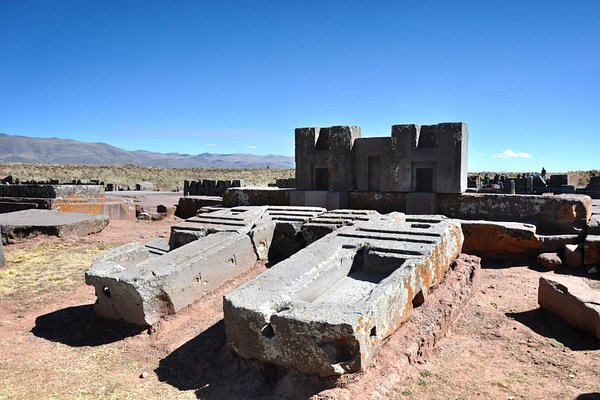
Photo: Tripadvisor 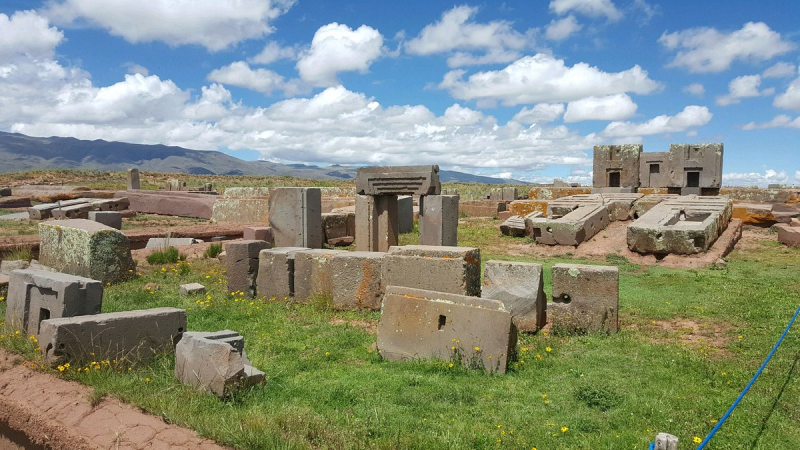
Photo: Tripadvisor -
The Train Graveyard outside Uyuni, Bolivia, contains the remnants of hundreds of steam engines that were abandoned after South America's railways were decommissioned. It it's right at number two on the list of most beautiful historical sites in Bolivia.
Uyuni, located high on the Andean plains, served as an important colonial transportation hub in South America, linking numerous major towns as part of the grandiose European attempt to connect east and west South America. Imperial expansion entailed intentions to expand the network of railroads passing through, but they were eventually abandoned as relations deteriorated.
Because of Uyuni's isolated location, trains and railway building equipment were simply abandoned and left to rust, as it was easier than hauling them back to transit hubs. The majority of the locomotives are British trains from the early twentieth century. Abandoned trains aren't unusual in and of themselves, but the salt winds that rage across the plains of Uyuni rusted the steel, creating a more unsettling appearance.
The Train Graveyard is roughly 10 minutes outside of Uyuni; taxis or local buses may easily take you there if you don't have your own transportation. If you want to stretch your legs, it's around a half-hour walk from the center of town, however you might want to avoid this if you're going early or late, i.e. not in daylight.Location: Uyuni
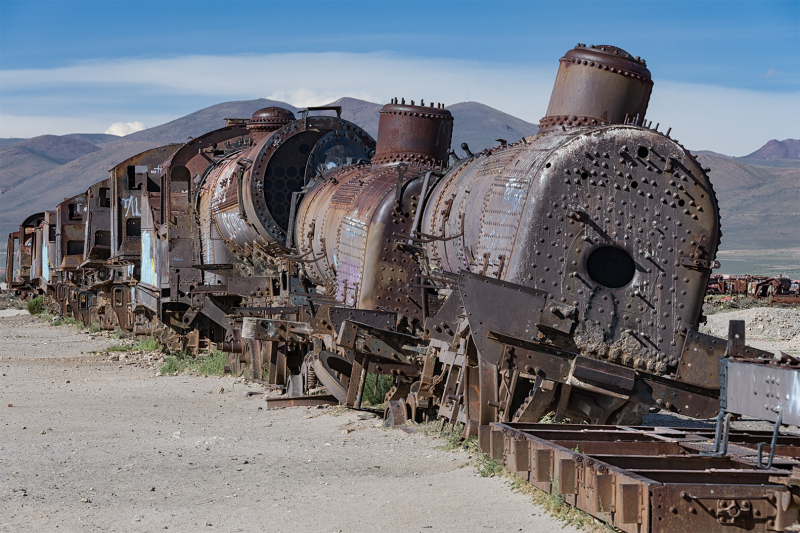
Phôt: Cambridge in Colour 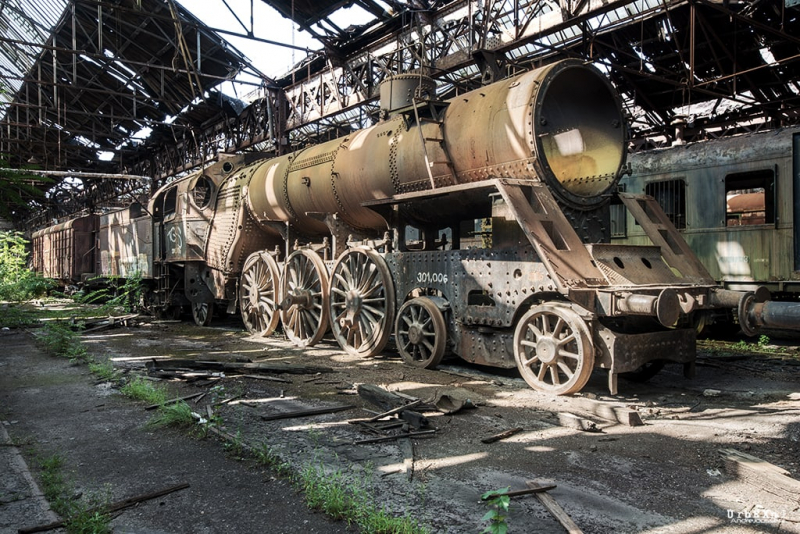
Photo: Urbex.nl -
The San Vicente Museum, also known as the Butch Cassidy and the Sundance Kid Memorial Museum, is located in a tiny mining town in Bolivia and is believed to be the location of Butch Cassidy and the Sundance Kid's last stand.
Although tales have built up around these two bank robbers, it is very clear that they died here on November 7, 1908, in this small and inconspicuous village roughly a four-hour journey down a dirt route from Uyuni.
In this section of southern Bolivia, there are no paved roads. The environment is desolate, and the altitude is high on this journey to the tragic end of Butch and Sundance, (or not, if you believe the tales), so passionately performed by Paul Newman and Robert Redford in the 1969 picture. If you make it to the end of the route, you will be rewarded with a tiny museum with information and photographs about these criminals.
Location: San Vicente
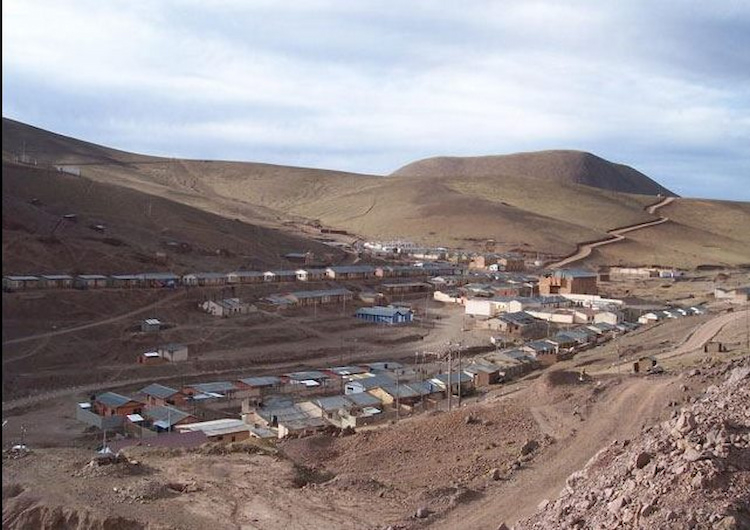
Photo: Hítory Hit 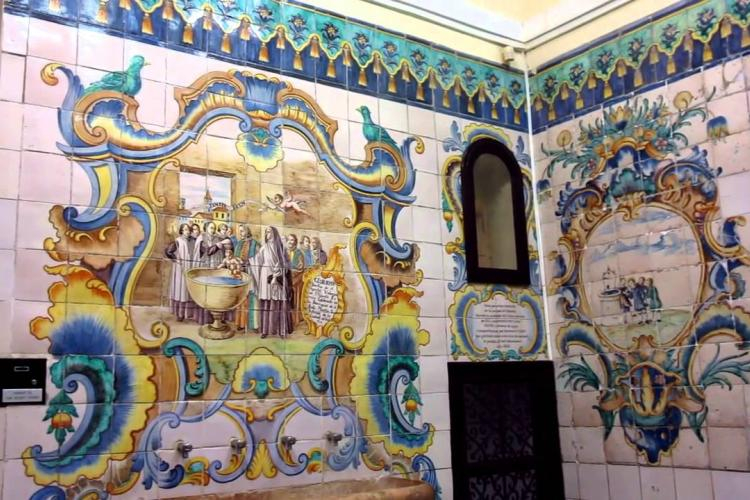
Photo: Visit Valencia -
El Fuerte de Samaipata is an archaeological site in the Bolivian Andes' eastern foothills that comprises building remnants from three separate cultures.
El Fuerte de Samaipata translates to Fort Samaipata and has structures from the Chanè, Inca, and Spanish civilizations. It was most likely constructed around 300 AD by a pre-Inca people known as the Chanè.
The site includes the ruins of a Spanish village with structures reminiscent of Arab Andalusian design, as well as the remains of an Inca plaza and dwellings. These were made in the 15th and 16th centuries. This places the Inca site contemporaneously with the Inca empire's eastward push from the Andes to the foothills.
Guacane's conquering monarch established Samaipata as his capital. Samaipata, which means "the heights of repose" in the Inca language of Quechua, is a 1,900-metre-high mountain peak. From the late 16th century onwards, the Spanish erected El Fuerte de Samaipata, a camp and possibly stronghold. The first formal Spanish colony occurred in 1615.Location: Florida
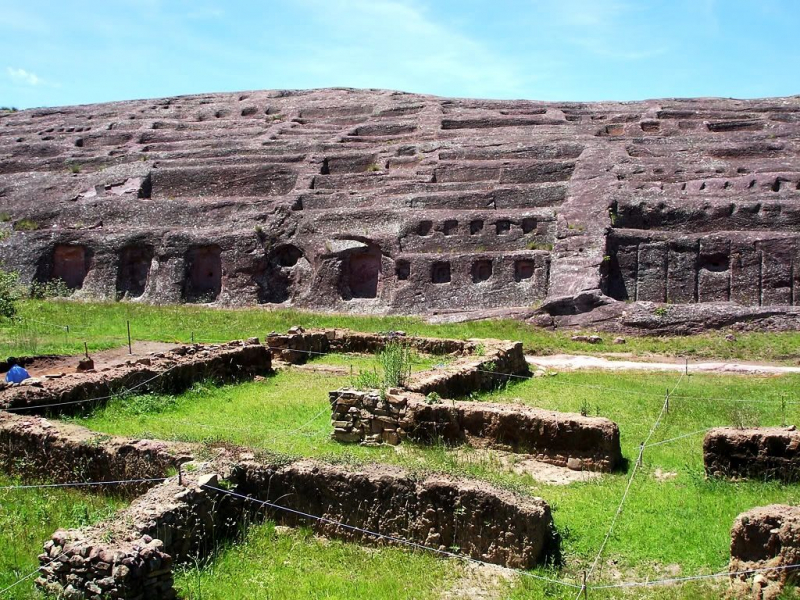
Photo: Pinterest 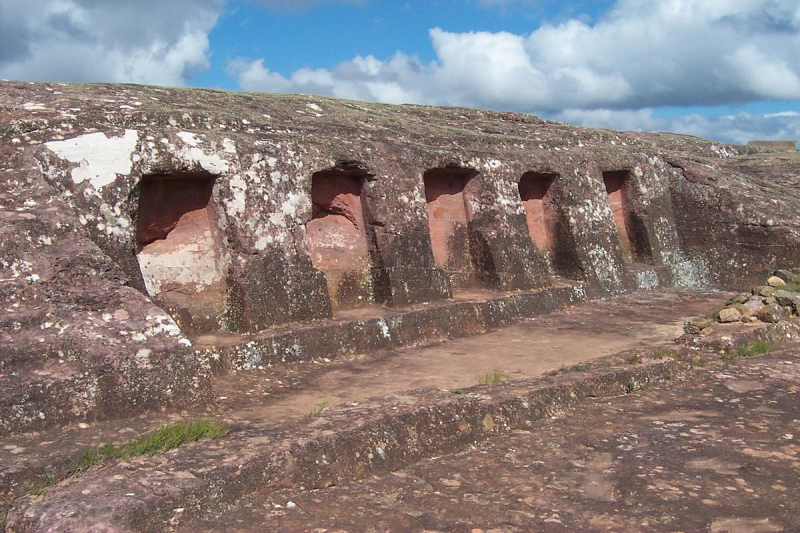
Photo: Ưikimedia Commons -
The National Mint of Bolivia, or Casa Nacional de la Moneda, is related to the massive silver mine at Cerro Rico, which supplied silver to the Spanish Empire. It is one of the most beautiful historical sites in Bolivia.
The National Mint of Bolivia was established to oversee the production of Spanish colonial coinage from the Potos silver mine. It was built between 1753 and 1773 and is now one of Bolivia's and South America's most spectacular museums.
In 1572, a prior mint in Potos was erected on the location of the Casa de Justicia. It was superseded by the National Mint. The Mint has a beautiful colonial exterior and walls that are almost a metre thick.The final coins were struck in this country in 1953. The structure was designated a UNESCO World Heritage Site in 1987 as part of the Potos city listing.
The structure has served as a military headquarters, a jail, and a stronghold. The minting apparatus from the Spanish colony and the Republic of Bolivia is maintained in the museum that now occupies the structure.
The National Mint of Bolivia is located in Potos. You can only visit at specified hours, so plan ahead of time. Arriving at a time such as initial opening increases your chances of joining a group for the guided tour.Location: Potos
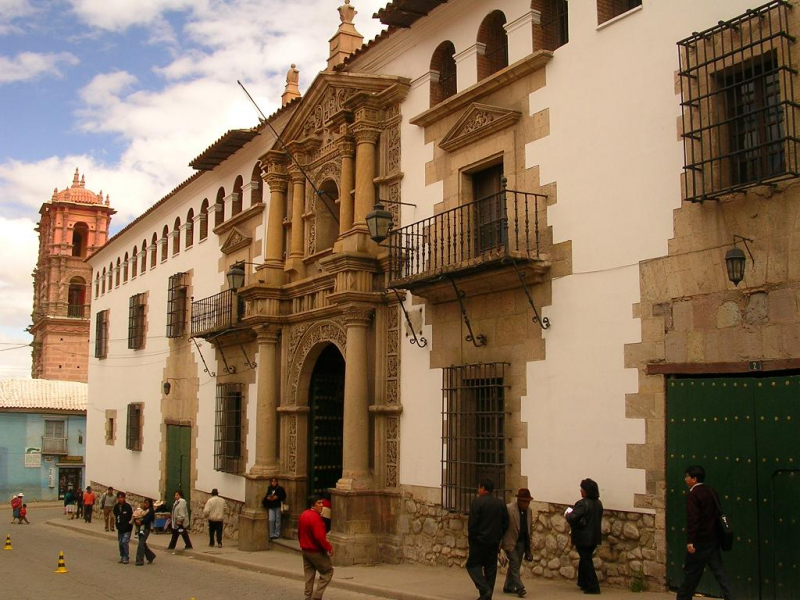
Photo: Wikipedia 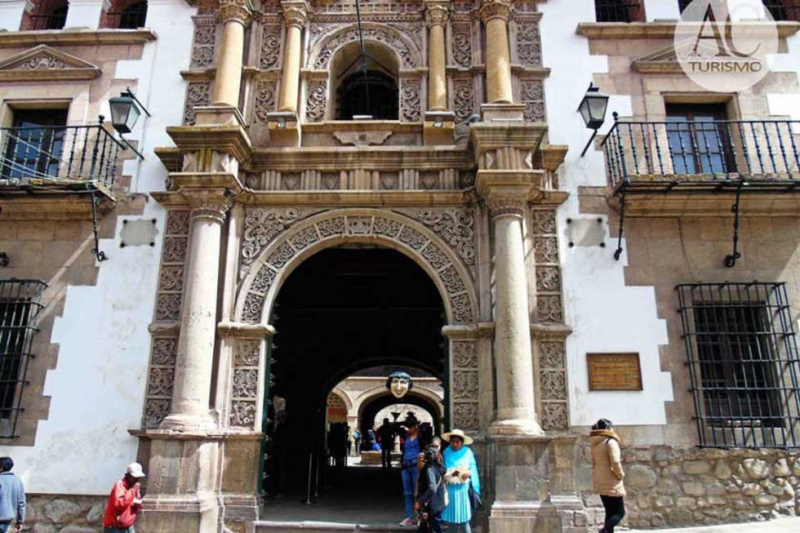
Photo: El Potosi


























